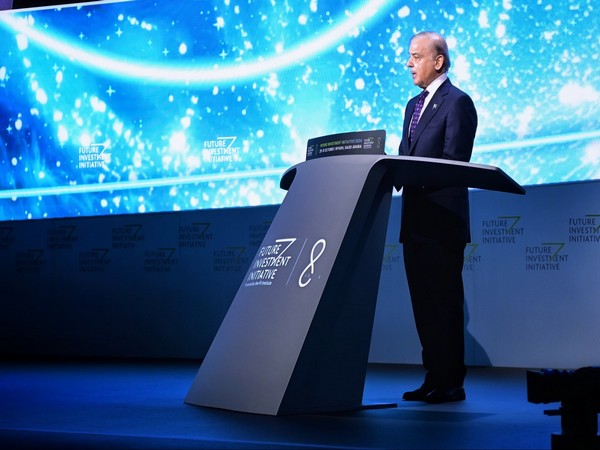Mayor Sadiq Khan’s Violence Reduction Unit (VRU) invests £2.3 million to expand mentoring in pupil referral unit. New funding means mentoring programme will feature in schools in all 32 London boroughs for the first time …reports Asian Lite News
Mayor Sadiq Khan has announced a significant expansion of the city’s Violence Reduction Unit (VRU) mentoring programme, investing £2.3 million to provide dedicated mentoring support in pupil referral units (PRUs) and alternative provision settings across all 32 London boroughs.
This initiative, aimed at young people vulnerable to exploitation and violence, will build on the success of previous years, during which the mentoring programme supported more than 1,500 young people in 22 boroughs between September 2022 and July 2024. Evidence from the programme shows that 82% of PRUs reported improved attendance among mentored students, while 86% saw a reduction in behavioural incidents.
The new investment will extend support to an additional 2,200 young people aged 11–18 who are excluded or at risk of exclusion from mainstream education. The VRU’s mentoring programme emphasizes re-engagement with education, fostering safer environments and offering critical support to help students stay away from violence and crime.
The mentoring programme forms a cornerstone of the Mayor’s strategy to tackle violence and improve outcomes for young Londoners. It complements the London Inclusion Charter, launched in February 2024 to address the challenges of school suspensions, exclusions, and persistent absenteeism. With nearly all boroughs and 20 national charities signed up, the Charter is now implemented in over 500 schools, benefitting 94,000 students.
Since the creation of the VRU in 2019, London has witnessed a 23% reduction in homicides and significant decreases in knife and gun crime involving young people. The VRU’s initiatives have offered over 350,000 positive opportunities for youth development, steering young Londoners away from crime and toward meaningful futures.
At Orchardside School in Enfield, the Mayor joined VRU director Lib Peck to observe the mentoring programme in action. The visit highlighted the transformational impact mentors have on the lives of young people.
Sadiq Khan shared, “I am committed to investing in young people and giving them the opportunity to thrive in our great city. Education plays a vital role in keeping young people safe, and mentors are key to helping them overcome barriers, improve mental health, and embrace opportunities.”
Lib Peck echoed the sentiment, emphasizing that education often provides the platform for young people to reconnect with society. She noted, “The role of a trusted mentor in a young person’s life cannot be overstated. The expansion of this programme across London will ensure more young people receive the support they need to succeed.”
J Grange was excluded from school and went to a pupil referral unit. He is now a member of the VRU’s Young People’s Action Group.
He said: “My school experience was challenging. I faced permanent exclusions from two mainstream schools and often felt misunderstood. However, attending a PRU changed everything for me. The environment there, where teachers truly understood and supported me and allowed me to thrive.
“It became a major turning point in my life and set the foundation for my achievements as an internationally recognised public speaker and neurodiversity advocate. It’s also led to incredible opportunities, such as being involved with the Mayor of London’s Violence Reduction Unit.
“Through my work with the VRU, I’ve visited many PRUs across London, engaging with young people about the transformative power of mentoring. It’s inspiring to see how this initiative is helping young people realise their potential and giving them opportunity to thrive.”
Through continued investment in youth initiatives, the Mayor aims to build a safer, more inclusive London. With the expansion of the mentoring programme, the VRU is not only addressing violence but also empowering young people to achieve brighter, violence-free futures.
This commitment exemplifies the transformative potential of mentorship and education in shaping the lives of young Londoners.
ALSO READ: UK’s envoy on superbugs says scale of threat underestimated

















